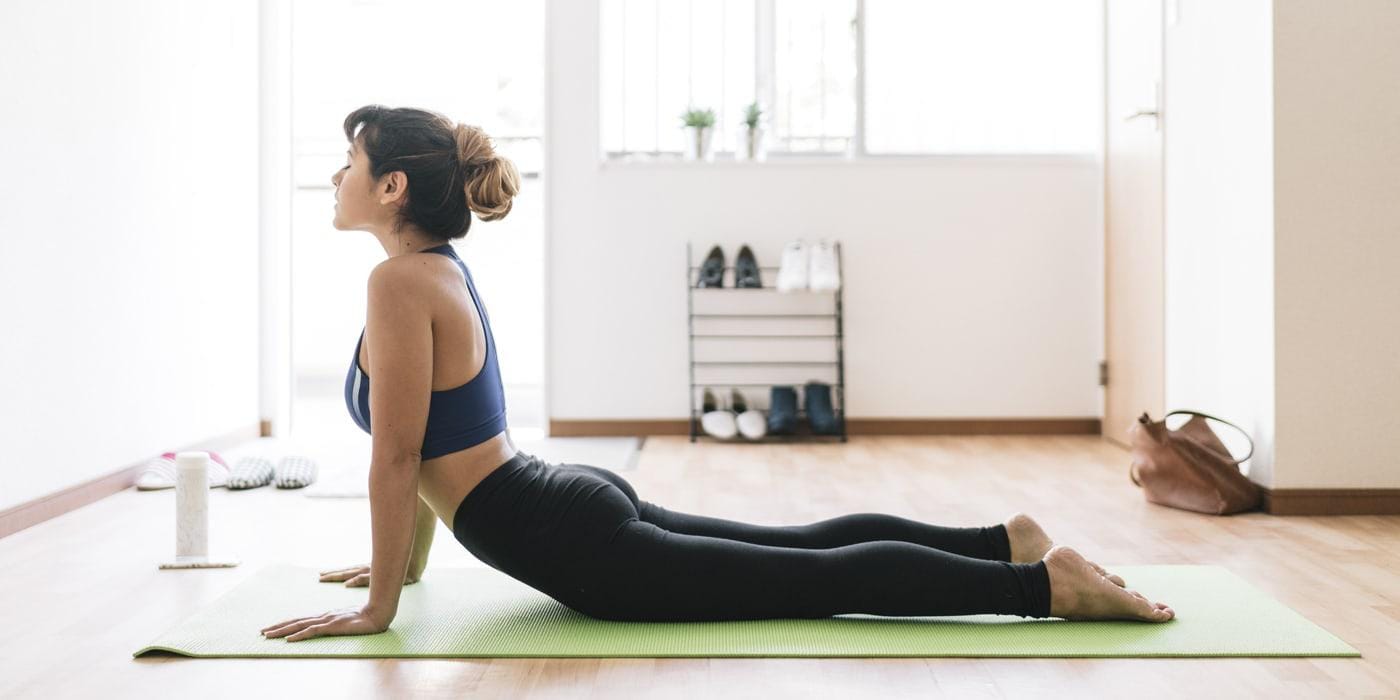Now Reading: Best Exercises for Lower Back Pain Relief
-
01
Best Exercises for Lower Back Pain Relief

Best Exercises for Lower Back Pain Relief
Lumbago is one of the most common health issues; those who lead a sedentary and active lifestyle are not immune to it. Sitting for hours, slouching, or just a twist or sprain can cause aches, making it practically impossible to perform daily activities. Despite medication and sleep being some of the things people seek in this case, exercising is one of the best ways of managing and even eradicating lower back pain. Such specific movements help build up the muscles around the spine region and increase the spine’s flexibility, relieving tensions and energizing one more relaxed. Specifically, the best lower back pain relief exercises are slow, controlled, and varied according to your pain intensity.
Cat-Cow Stretch for Mobility
Yoga cat-cow stretch is a flow movement that helps improve spine flexibility and decrease tension in the lumbar region. Assuming its form is from yoga, this movement involves bending the lower back in opposition to the upper back to strengthen the back muscles, enhancing flexibility, and promoting good posture. The stretch helps to gently engage all the muscles in this area and encourages enhanced blood flow in the lower back.
Because it involves active stretching, this exercise is highly recommended after sitting or standing for many hours. It can, therefore, be practised in the morning before going to work or during intervals within the workday. With practice, the cat-cow stretch will prevent lower back pain in the future and enhance the spine’s health.
Child’s Pose for Relaxation
In stretching exercises, the child’s pose relieves pressure on the lower back, hips, and thighs while encouraging the child to rest. In this particular yoga action, you bend forward and extend your arms, which will aid in extending the lumbar spine and releasing a great deal of tension. Since it is good for relaxing the muscles, and back muscles are usually under strain due to stress, it is a suitable workout for those with back issues due to stress.
Apart from stretching the muscles in the area, a child’s pose also helps expand the diaphragm, facilitating the production of calming breaths. Repetition of this posture helps to develop flexibility and proper spine orientation and often allows for a break during a tight schedule. The foam roller is most suitable after a long day of desk work, as a warm-up before an activity/set, or as a cool-down session.
Pelvic Tilts for Core Strength
The pelvic tilt is one of the most useful basic movements for eradicating lower back pain and strengthening the abs. Different from the rectus abdominis movement of the earlier gym craze, this movement involves the proper muscles that support the spine. This exercise aims to ease the movement of the spine in the lumbar region, thus strengthening the muscles surrounding the lower back through gentle movements that rotate the pelvis forward and backward.
Hip tilts suit back pain patients because they involve minimal movements and the simplest postures. They also aid with issues such as poor posture, joint rigidity, and strengthening or weakening the connection between the lower back and abdominal muscles. Including this exercise in your practice can build a much steadier framework for your spine and prevent intervals of pain.
Bridges for Lower Back Support
Strengthening your glute, hamstring, and lower back muscles to improve your spinal support is important, and bridge exercises are among the best for this. Sitting on your back requires you to raise your hips to the ceiling, creating a bridge-like shape with your body. The exercise challenges the muscles we use to stabilize our lower back and focuses on our hip region and how we sit.
Performing bridges can help ease low back pain, strengthen the nervous system, and avoid position imbalances. They were specially designed for individuals who sit a lot because they neutralize the impacts of prolonged hip flexion. In time, bridges can be instrumental in developing tighter and tougher lower back muscles.
Knee-to-Chest Stretch for Flexibility
Second, the knee-to-chest stretch is a simple exercise that can instantly affect tension in the lower back region. This movement helps to draw one or both knees towards the chest and, in so doing, increases the flexibility of the muscles within the natural curve of the spinal column at the lumbar region. It is specifically rewarding for anyone suffering from tension or pain from sitting or standing for long hours.
It does this and offers relief to pressure on the lower back. Proper circulation is important in healing and reducing inflammation. Everyday exercise, including the knee-to-chest stretch, will improve the health of the lower back and eradicate future pain.
Bird Dog for Stability
The bird dog exercise is best for the core muscles and supports balance, stability, and coordination. In this exercise, you straighten one arm and the opposite leg, keeping your spine neutral. Get a good workout here for your lower back, glutes, and abs. Bird dog exercises are usually good for encouraging correct posturing and lessening the pressure on the lumbar region.
Of all the suggested exercises, this one is very effective in fighting future back pains due to building more stable and strengthened core muscles. These exercises help reduce existing pain by stimulating other muscles that strengthen the back. Like any muscle, pain in the back can be alleviated by consistent training in the bird dog exercises, enhancing overall body fitness and function.
Seated Forward Fold for Stretching
The seated forward fold is one of the simplest stretches for the hamstrings and lower back muscles. Hamstrings can also cause lower back pain because they can pull the pelvis and add more stress to the lumbar area. This exercise requires one to sit while reaching for the feet, relieving tension and expanding the space at the back and the legs.
The seated forward fold is a great exercise in any lower back pain relief program. Since it can be changed according to overall flexibility, it is tailored to accommodate the majority of the population. Repeating this stretch will help prevent stiffness and tension and foster good posture.
Benefits of Regular Exercise for Back Health
Performing specific exercises thus reduces lower back pain and offers future benefits for the general well-being of the back. Developing the back and belt muscles helps avoid injuries while increasing flexibility helps improve posture and mobility. Exercise also enhances blood flow, especially to the lower back tissues, which require nutrients and oxygen.
Regularity is the word that plays a signifying role in attempting to get results from such workouts. Integrating them into your daily or weekly habits can keep future reoccurrence of pain at bay and build a healthier back. However, practising these exercises alongside other proper postural alignment, drinking water or avoiding long hours in a sitting position enhances back health.
Conclusion
Special exercises for lower back pain are effective since they focus on particular muscle groups that regulate the spine, joint mobility and general stiffness. Therefore, the recommendations are cat-cow stretch, child’s pose, pelvic tilts, bridges, knee-to-chest stretch, bird dog, and seated forward fold, which are strategies for avoiding and coping with discomfort while working toward long-term back care. Importantly, these exercises can help manage discomfort and improve flexibility while strengthening your body against probable problems. Exercising your back muscles is a worthy way of keeping your back healthy since it plays a crucial role in ensuring that health is maintained and that people avoid a sedentary lifestyle that causes back pains.






















Pingback: Top Exercises to Stay Fit During Pregnancy - Leak Health
Pingback: Why Sore Back Muscle Limit Your Life & How to Regain Control